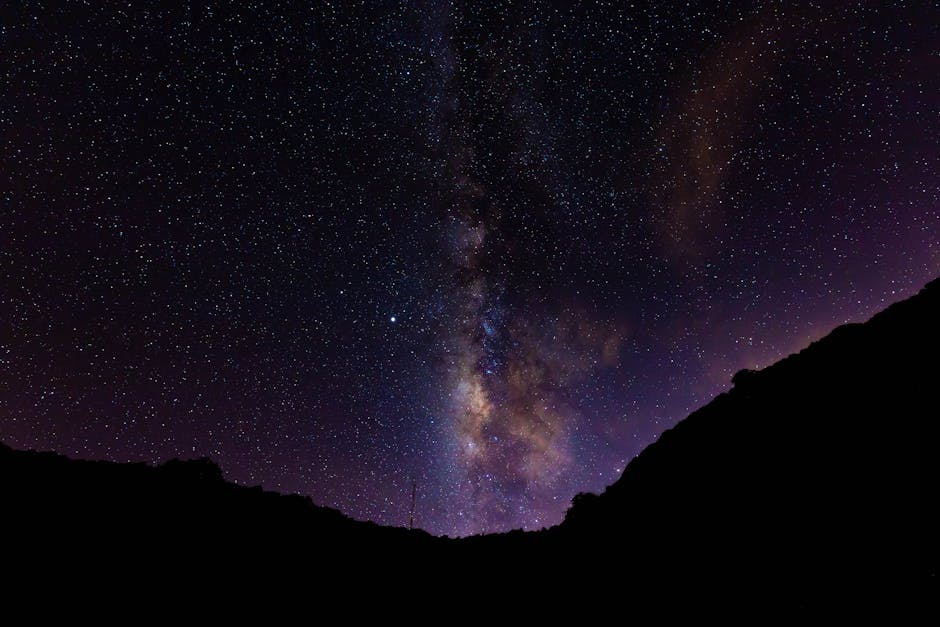First Light: Rubin Observatory Unveils Universe in Stunning Detail
First Light: Rubin Observatory Unveils Universe in Stunning Detail

Just days ago, on June 23, 2025, the highly anticipated Vera C. Rubin Observatory, perched atop a mountain in Chile, released its inaugural images of the cosmos. These breathtaking views are already exceeding scientific expectations, offering an unprecedented glimpse into the universe with a level of detail previously unimaginable.
The initial observations, compiled from just 10 hours of telescope time, showcase a universe teeming with wonders. Astronomy enthusiasts can now zoom into a small section of the Virgo Cluster, revealing prominent spiral galaxies, three merging galaxies, and countless distant galaxies, all interspersed with stars from our own Milky Way. The sheer scale of the data is staggering; as Rubin Observatory Director Željko Ivezić noted, each full image would require 400 high-definition televisions, or a space the size of a basketball court, to display at full detail.
While aesthetically stunning, the images hold profound scientific significance. Aaron Roodman, a physicist at Stanford University and program lead for the Rubin Observatory’s LSST Camera, highlighted the importance of the “little fuzzballs”—galaxies potentially billions of light-years away—which are crucial for studying the expansion of the universe and the enigmatic dark energy. Understanding dark energy, alongside dark matter, forms one of the observatory’s four core scientific pillars, alongside cataloging the solar system, mapping the Milky Way, and exploring transient celestial phenomena.
Even in these first glimpses, the observatory’s discovery power is evident. The Rubin Observatory has already identified 2,104 new asteroids in just 10 hours of observation, including seven near-Earth objects (none posing a threat). This pales in comparison to its ambitious goal of detecting an estimated five million new asteroids over its 10-year Legacy Survey of Space and Time (LSST) project, significantly expanding our current knowledge of only one million known asteroids.
The initial releases also include combined images, or mosaics, that highlight the observatory’s incredibly wide field of view, capturing multiple alluring targets in a single snapshot. These include the iconic Trifid and Lagoon Nebulas, revealing faint or otherwise invisible details through the stacking of hundreds of individual exposures. Steven Ritz, a project scientist for the Rubin Observatory, eloquently stated, “I think the thing we hope everybody sees, also, is the promise and opportunity to find the new stuff that is just waiting for us.”
The Vera C. Rubin Observatory is poised to revolutionize astronomy. It will survey the entire southern sky approximately every three days, creating dynamic, full-color “movies” of the cosmos. As Yusra AlSayyad, the observatory’s deputy associate director for data management, expressed, “I can’t believe this moment has finally come.” Indeed, these first images are just the beginning of a new era of cosmic exploration.
Disclaimer: This content is aggregated from public sources online. Please verify information independently. If you believe your rights have been infringed, contact us for removal.